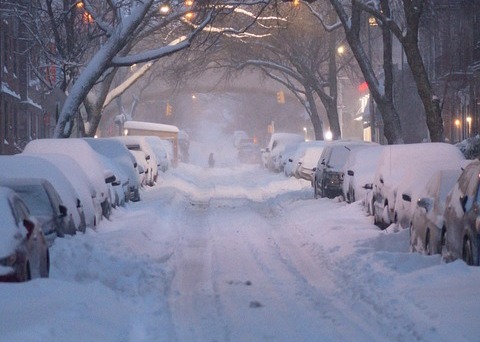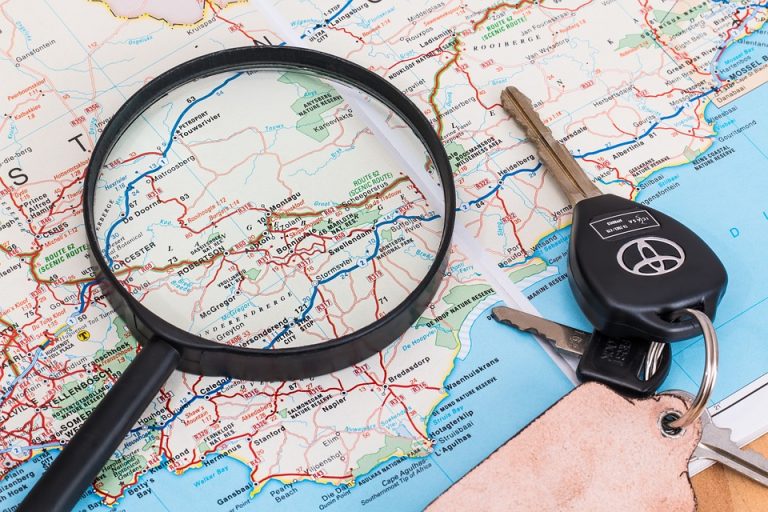
Snowstorms can be breathtakingly beautiful but also bring along substantial challenges. When a snowstorm hits, being prepared is crucial for your safety and comfort. Whether you’re a seasoned snow veteran or facing your first snowfall, knowing how to prepare can make a world of difference. This comprehensive guide will equip you with essential steps and tips on how to prepare for a snowstorm.
Before diving into preparations, it’s important to understand what a snowstorm entails. A snowstorm occurs when there’s significant accumulation of snowfall, often accompanied by strong winds and reduced visibility. These conditions can lead to transportation disruptions, power outages, and potential dangers if not adequately prepared for.
Essential Steps to Prepare for a Snowstorm
- Monitor Weather Updates: Stay informed by keeping track of weather forecasts. Apps, websites, or local news stations can provide real-time updates on the storm’s progress, helping you prepare in advance.
- Stock Up on Supplies: Create an emergency kit including non-perishable food, water, medications, flashlights, batteries, blankets, and a first-aid kit. Ensure you have enough supplies to last several days in case of power outages or impassable roads.
- Prepare Your Home: Insulate windows and doors to keep the cold out and the warmth in. Clear gutters and drains to prevent ice buildup. Keep a supply of rock salt or sand to prevent slips and falls.
- Fuel and Generators: If you have a generator, ensure it’s in working order and have ample fuel. However, operate it safely, following manufacturer instructions, to prevent carbon monoxide poisoning.
- Create a Communication Plan: Establish a communication plan with family and friends in case of separated situations. Ensure everyone knows where to meet or how to contact each other in emergencies.
- Winterize Your Vehicle: Equip your vehicle with snow tires, chains, or traction mats. Keep your gas tank full and carry an emergency kit including a shovel, ice scraper, jumper cables, and extra clothing.
- Protect Your Pipes: Insulate exposed pipes to prevent freezing and potential bursting. Let faucets drip during extreme cold to prevent pressure buildup.
During the Snowstorm: Safety Measures
- Stay Indoors: Avoid unnecessary travel during a snowstorm. If you must go out, let someone know your route and expected arrival time.
- Keep Warm: Dress in layers and stay indoors as much as possible. Use blankets and conserve heat by closing off unused rooms.
- Avoid Carbon Monoxide Poisoning: Don’t use gas-powered generators or grills indoors. Ensure proper ventilation if using kerosene heaters.
After the Snowstorm: Post-Storm Actions
- Clear Pathways Safely: Shovel snow carefully, take breaks, and avoid overexertion. Clear snow from walkways to prevent slips and falls.
- Check on Neighbors: Reach out to neighbors, especially the elderly or those with special needs, to ensure their safety.
- Inspect for Damage: Check your property for any damages caused by the storm. Address any issues promptly to prevent further problems.
Conclusion
Preparing for a snowstorm involves a combination of foresight, planning, and taking proactive measures. By following these steps and staying informed, you can ensure your safety, comfort, and preparedness during and after a snowstorm. Remember, being prepared is the best defense against the unpredictable nature of winter storms.
Stay safe, stay warm, and be ready for whatever the weather brings!



